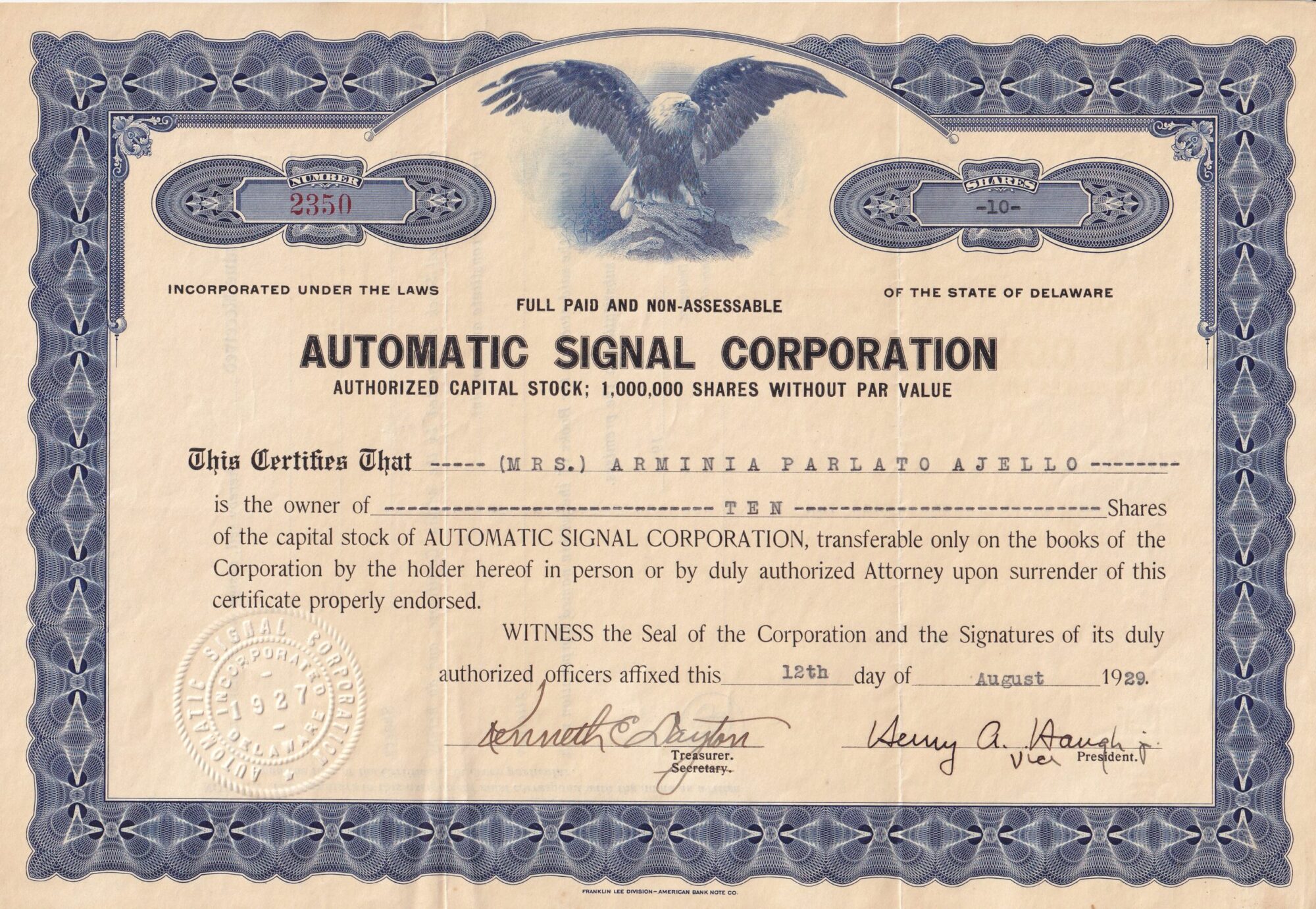On October 9, 2022, it was noted that the US Dollar had an upper trend line angle of 26.26 degrees above the x-axis and was similar to what was developed between 1991 and 2001. The chart below shows the US Dollar hit a high of 114.75 on September 28, 2022 with an upper trend line angle of 24.19°. This indicates a predetermined course was developed after 2008 using an upper trend line angle of 25.225° (+/-1.035°). Current intermarket futures trading data calculations show the US Dollar is expected to move higher, repeating a move upward similar to what occurred during the first half of 2001. As the US Dollar moves toward the upper trend line, a decline in value is expected for the Australian Dollar, British Pound, Copper, Euro, Natural Gas, Heating Oil, and Platinum.
During the Dollar’s initial rise in 2001, the Dow moved up into mid-February 2001 and then had a sharp decline going into the end of March 2001. Preliminary data indicates the Dow is expected to conduct a move similar to this during the first quarter of 2023.
Long term intermarket futures trading data calculations also indicate gold and silver are expected to develop a predetermined inverse chart structure of the US Dollar that is similar to the time frame between January 2001 and March 2008, as shown in the charts below.
Stock chart courtesy of StockCharts.com.
Disclaimer






















